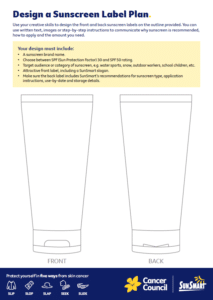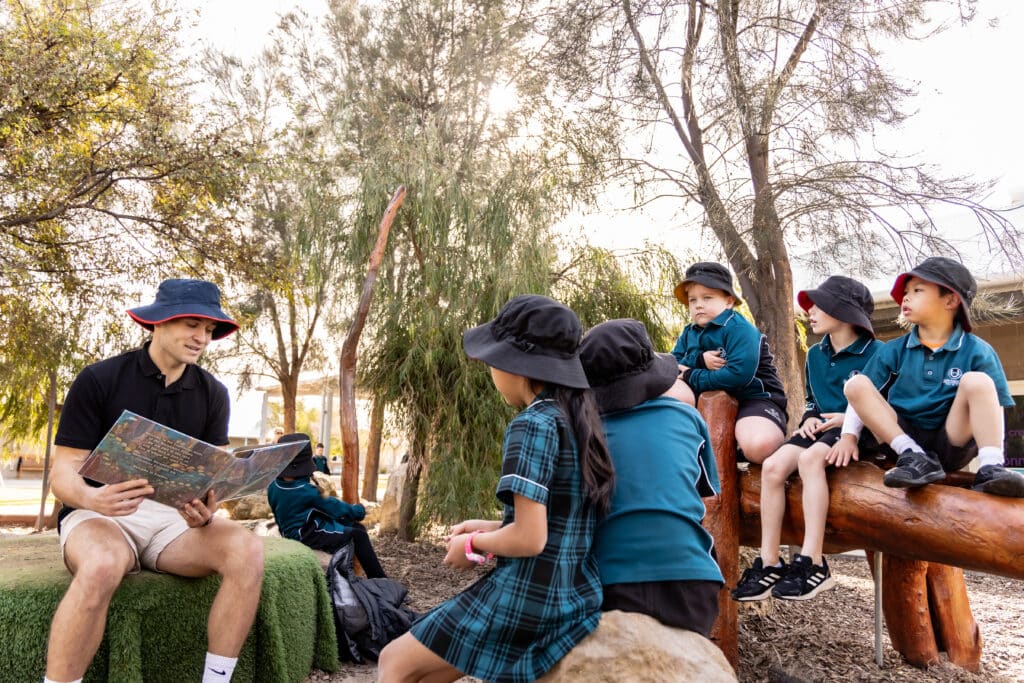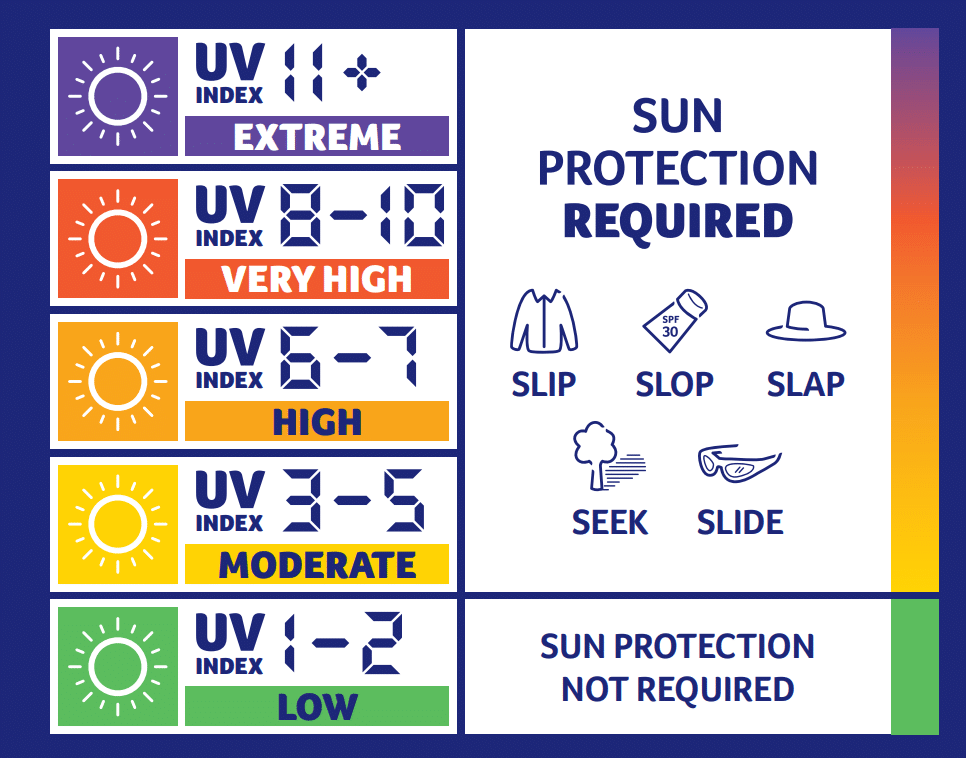Design a Sunscreen Label

Background
The aim of this activity is to raise student awareness and knowledge around the use of sunscreen. There are two parts to this activity: research and analyse health information around sunscreen; and design the front and back labels to communicate why sunscreen is recommended, how to apply it and other important information.
Key messages
- Sunscreen reduces the risk of skin cancer, sunburn, and the ageing effects of UV radiation from the sun
- Broad spectrum sunscreen protects the skin from both UVA and UVB radiation.
- SPF stands for Sun Protection Factor. Water resistant sunscreen with a SPF 30 or higher is recommended.
- It is recommended that sunscreen is applied 20 minutes before going into the sun. This allows the sunscreen time to bond properly to the skin.
- Apply sunscreen generously, layer it and do not rub it in.
- Reapply sunscreen every 2 hours or more often if swimming, sweating, or towelling off.
- When the UV forecast is 3 or above, protect your skin in five ways (Slip, Slop, Slap, Seek and Slide). Sunscreen is not a suit of armour and needs to be used in conjunction with other sun protection.
Resources
- Samples of different sunscreen bottles/tubes and brands
- Activity sheet: design a sunscreen label plan (two options)
- Correct sunscreen application poster Download
- How to Apply Sunscreen video Download
- How the sun sees you – YouTube – Thomas Leveritt
- Protect Your Skin – Slop on Sunscreen video – Cancer Council
- Recycled bottles, tubes etc. (extension)
- Background reading for teachers – How sunscreen works?
Instructions
- Research links available under ‘Resources’ heading and answer key questions.
- Take notes into your exercise book.
- Look at different sample sunscreen bottles and their ingredients. Do you notice any similarities or differences?
- Explore the information that is on a sunscreen bottle –SPF 30 or 50, broad spectrum, instructions on how to apply, water resistant?
- Using the ‘design a sunscreen label’ template, plan and draw your own design of the front and back of a sunscreen label. Use written text, images, and/or step-by-step instructions to communicate why sunscreen is recommended, how to apply it and other important information.
Extension
- Students glue and wrap their sunscreen label onto a recycled bottle or tube.
Key questions
- What do you know about sunscreen?
- Why do we need sunscreen?
- Do you know how sunscreen helps us?
- How often should you apply sunscreen?
- What does it mean by broad spectrum?
- What does SPF stand for? What does it mean?
- What is the correct way to apply sunscreen?
- What are the SunSmart recommendations?


